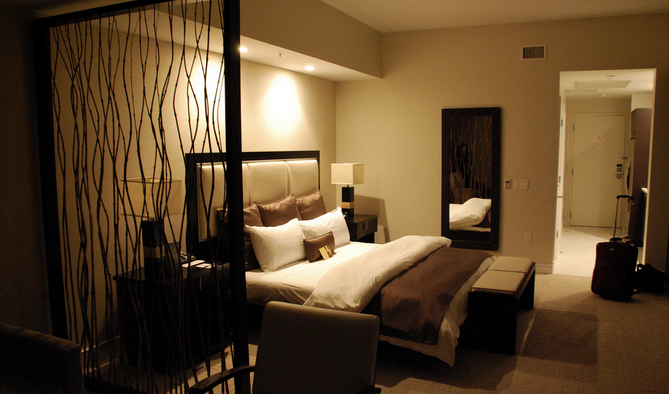The Boutique Hotel You Stayed At Was Probably Owned By A Mega-Hotel Chain
At one time, booking a hotel room for the night meant picking between one of about two dozen or so brands: Marriott, Hilton, Hyatt, Best Western, Comfort Inn, just to name a few. Today, consumers have more than 113 brands owned by the 10 largest hotel chains in the U.S. to choose from, and the long list of options doesn’t appear to be shrinking anytime soon.
The Associated Press reports that high occupancy levels and cheap interest rates have led developers to create the largest hotel boom since the mid-2000s.
The new hotels – which include the Marriott’s Moxy brand, Hilton’s Canopy brand and Best Western’s Vib – aim to rope in a new generation of travelers ages 18 to 34 who prefer uniqueness to cookie-cutter simplicity, according to industry representatives.
“The big hotel chains are in the business of pretending they aren’t big chains,” Pauline Frommer, editorial director for travel guide company Frommer’s, tells the AP. “They want you to think they are boutiques. This dizzying array of brand names is a good way for them to hide. The vast majority of the public is not going to keep track.”
Of the 113 brand options consumers currently have, 31 weren’t even around 10 years ago. And more options appear to be on the way, the AP reports.
In fact, there are some 128,000 additional hotel rooms currently under construction in the U.S.; that’s an increase of 32% from last year. Another 306,000 rooms are reportedly somewhere in the development process.
Some of the rooms under construction and going through development don’t even have brands just yet. Because hotel companies don’t typically build or own properties – they collect management or franchise fees – developers get to pick from an array of chains and those chains are fiercely competitive, the AP reports.
“It’s not a question of how many brands. It is a question of the right brands,” Anthony Capuano, global chief development officer for Marriott, which estimates the chain’s recent growth comes from brands that didn’t exist five years ago, tell the AP. “We may need more.”
Despite hotel chains’ desire to cater to younger generations and offer a wide-range of lodging, some within the travel industry say the hotels may be over-thinking it, and over-saturating the market.
“Are there that many different customers out there?” Adam Weissenberg, the global leader of Deloitte & Touche’s travel consulting business, tells the AP. “Or are you really catering to the developers who are looking for more ways to build hotels and you can collect more fees?”
Hotel companies are expanding the number of brand names, adding to travelers’ confusion [The Associated Press]
Want more consumer news? Visit our parent organization, Consumer Reports, for the latest on scams, recalls, and other consumer issues.


